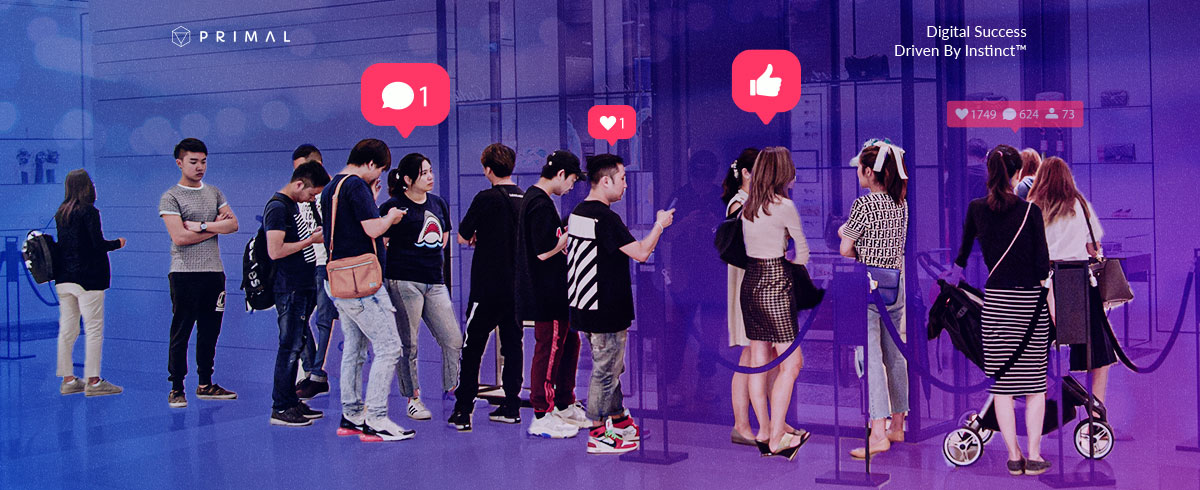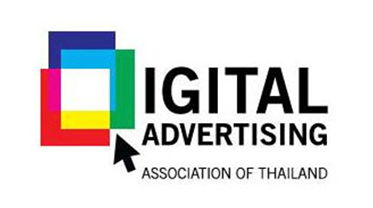Experiential Marketing: The Next Wave of Marketing Beyond Tradition
In a world flooded with advertisements, a unique approach has taken the limelight: Experiential Marketing. This concept isn’t merely about selling but crafting memorable customer experiences. If you’re curious about what experiential marketing is, what makes it so impactful, and how to harness its potential, you’re in the right place. Stay with us as we dive deep into its essence, psychology, and emerging trends.
Table of Contents
What is Experiential Marketing?
At its core, experiential marketing is about creating immersive consumer experiences, elevating brands from mere service providers to memorable event creators. Differing from traditional marketing, which often focuses on direct selling or advertisement, experiential marketing engages consumers in interactive campaigns. Take Red Bull’s Stratos campaign, for instance, where Felix Baumgartner skydived from space. Not just a stunt but a statement of the brand’s essence of pushing boundaries

The Psychology Behind Experiential Marketing
Consumer decisions aren’t merely logical; they’re profoundly emotional, which is why experiential marketing is important. Experiential marketing taps into these emotions by crafting unforgettable engagements. Engaging our senses, these experiences creates memories, and these memories influence purchasing decisions. So, next time you smell the distinct aroma of an Abercrombie store or feel the luxe of a Mercedes-Benz seat, remember, it’s all part of the sensory journey brands want you on.
Creating Memorable Customer Experiences
Customer experiences pertain to how consumers perceive their interactions with a company. A memorable experience can have a lasting positive impact on brand loyalty and inspire word-of-mouth referrals.
-
Immersive Brand Events
Let’s take into account Apple’s product launches. Apple’s product launches are notable because of the anticipation they create, the comprehensive presentation of new features, and the experiential element that makes attendees and online viewers feel involved.
The key takeaway is that immersive events are powerful because they go beyond traditional advertising. Instead of merely watching an ad or reading about a product, consumers become part of the brand’s narrative. By “living” the brand, customers develop a deeper emotional connection.
-
Interactive Content and Campaigns
Another type of experiential marketing is Interactive content, and it takes several forms, each designed to engage the user deeply. Interactive ads are digital advertisements beyond just viewing, actively encouraging user participation. Augmented reality experiences leverage technology to let consumers overlay digital details, such as images or animations, onto their tangible surroundings, offering an enriched real-world experience. Meanwhile, straightforward tools on social media, like polls, offer users a sense of involvement and connection to the brand, making them feel valued and integrated.
Interactive content is powerful because it shifts the consumer from a passive information receiver to an active participant. By engaging them, you capture their attention and elicit emotional responses, which can amplify the brand’s impact. It’s crucial that this content aligns with audience preferences, making it more likely to be shared and discussed.
-
Personalisation and Customisation
In the digital age, consumers are inundated with countless generic ads designed for broad audiences. However, by harnessing customer feedback and data analysis, brands can craft personalised marketing strategies that resonate with individuals. This approach not only sets a brand apart in a saturated market but also boosts engagement, conversions, and loyalty by delivering content that feels uniquely tailored to each consumer.
In summary, this paragraph emphasises the importance of creating deep, meaningful consumer connections. In the ever-evolving digital landscape, brands that innovate and prioritise customer-centric approaches – whether through immersive events, interactive content, or personalised marketing – are more likely to thrive.
Measuring the Success of Experiential Marketing
Rather than focusing solely on sales, experiential marketing’s success is often measured using a variety of Key Performance Indicators (KPIs). These include engagement rates, which provide insights into how actively consumers are interacting with the campaign; feedback, which gives direct comments and suggestions from the target audience; and sentiment analysis, a method to gauge the overall mood and emotions of consumers towards the campaign using data analytics, especially from social media reactions and comments.
One standout example of successful experiential marketing is Coca-Cola’s ‘Share a Coke’ campaign. This initiative personalised Coke bottles with popular names, encouraging people to find and buy drinks with their name or the name of a loved one. The results were multi-faceted. Apart from driving impressive sales, it also led to a massive uptick in social media activity. Consumers enthusiastically shared images of their personalised Coke bottles, leading to organic user-generated content. This surge in social media shares illustrated the campaign’s extensive reach. More importantly, it demonstrated the emotional connection the brand managed to foster. Consumers were no longer just buying a beverage; they were participating in a shared cultural moment, expressing their identity, and connecting with others.
Other brands have also recognised the power and importance of experiential marketing. For instance, IKEA once set up a pop-up apartment in a subway station in Paris, letting commuters experience their products in a real-world setting. Red Bull has become synonymous with adrenaline-filled events, from Flugtag races to the Stratos space jump. These events, while vastly different, underline the same principle: creating memorable experiences that align with brand values, engaging consumers actively, and fostering a deeper brand connection.
Challenges and Considerations
Experiential marketing, despite its potential for profound brand impact, comes with its own set of challenges. One of the primary hurdles is ethical considerations. In creating immersive experiences, brands must ensure they don’t cross ethical boundaries or appear manipulative. This includes being culturally sensitive, not exploiting specific groups or events for marketing gains, and ensuring any data collection involved is transparent and consensual.
Speaking of transparency, it’s paramount in today’s marketing landscape. The modern consumer is well-informed, critical, and values authenticity above all. They can quickly discern between genuine brand engagement and a marketing gimmick. This makes it crucial for brands to be upfront and honest about their campaigns, intentions, and the use of any collected data. If a campaign appears insincere or deceptive, it can backfire, leading to negative publicity and eroding trust.
Budgeting is another significant challenge. Experiential marketing campaigns, given their immersive nature, can often be resource-intensive. Brands must allocate funds judiciously to ensure the campaign’s impact isn’t compromised while also avoiding overspending. This financial tightrope walk requires a combination of creativity and prudent financial planning. For instance, a brand might want to create a massive, city-wide event, but the costs could be prohibitive. In such cases, they might have to scale down the event or find innovative ways to deliver a similar impact at a reduced cost.
Lastly, while the aim is to craft memorable experiences, it’s essential that these experiences align with the brand’s core message and values. There’s a risk of creating a spectacle that’s entertaining but doesn’t communicate the brand’s essence or objectives. As such, brands must ensure their experiential marketing efforts are both impactful and relevant.
Integrating Experiential Marketing into Your Strategy
Incorporating experiential marketing requires more than just a budget allocation. Cross-functional teams, including creatives, strategists, and data analysts, can collaboratively identify opportunities tailored to your industry’s specifics.
Future Trends in Experiential Marketing
As we look forward, technologies like virtual reality and augmented reality are set to redefine experiential marketing. Staying updated with these innovations is crucial for brands striving to remain at the forefront of their industry.

The Business Upgrade You Have Been Waiting For
Experiential marketing is more than a buzzword; it’s a shift in the marketing paradigm. At the heart of it is the power of creating memorable experiences, connecting brands and consumers on an emotional level.
Ready to craft your experiential marketing story? At Primal Digital Agency, we are Advertising agency Thailand, we specialise in creating unforgettable brand experiences. With a team of over 150 experts, we’re here to guide you. Connect with us today, and let’s craft experiences that resonate.























Join the discussion - 0 Comment